18+ Sample Agile Roadmaps
-
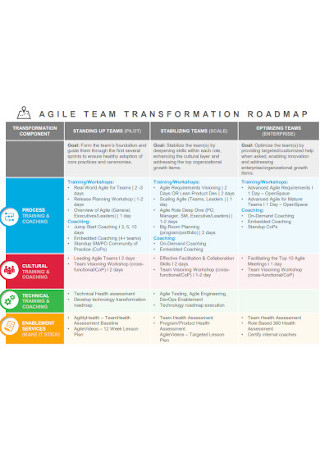
Agile Team Transportation Roadmap Template
download now -
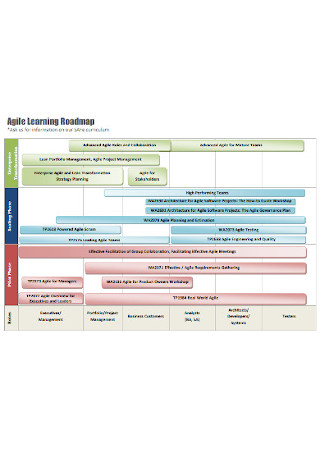
Agile Learning Roadmap Template
download now -
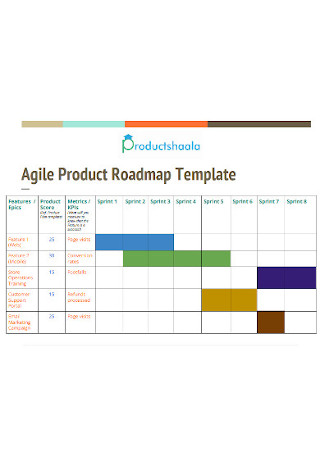
Agile Product Roadmap Template
download now -
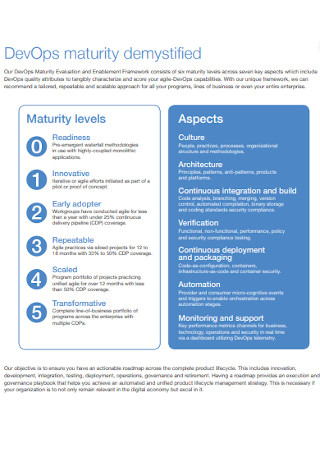
Sample Agile Roadmap for Transformation Template
download now -
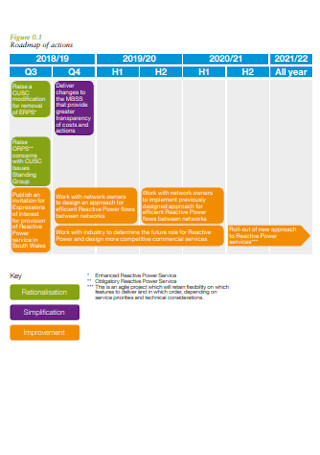
Sample Agile Product Roadmap Template
download now -
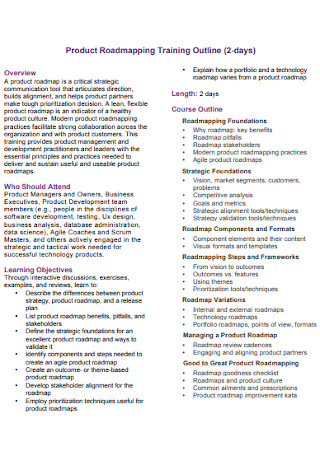
Product Roadmapping Training Outline
download now -
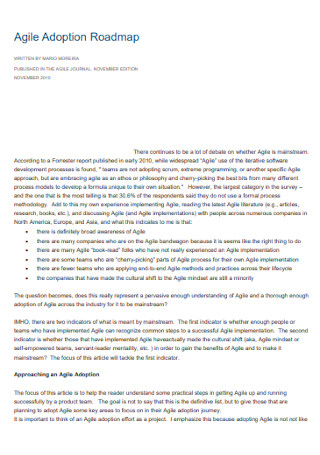
Agile Adoption Roadmap.
download now -
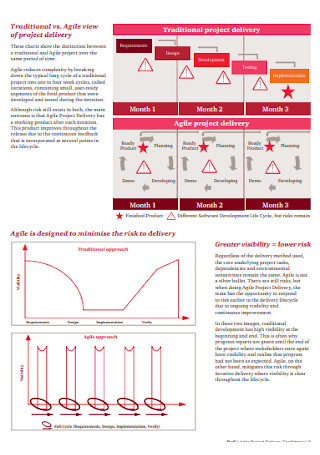
Agile Project Delivery Confidence Roadmap Template
download now -

Agile Payment Processing Roadmap Template
download now -
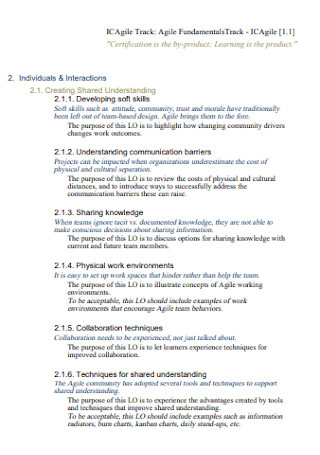
Agile Learning Roadmap Template
download now -
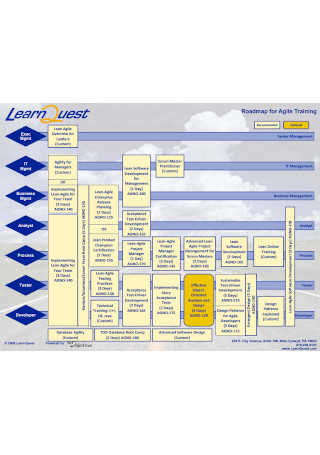
Roadmap for Agile Training Template
download now -
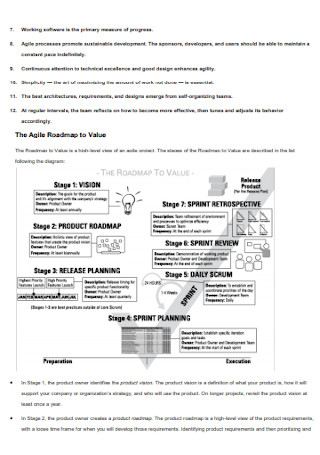
Agile Project Management Roadmap Template
download now -
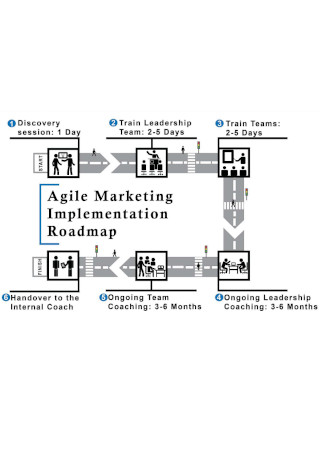
Agile Marketing Implementation Roadmap
download now -
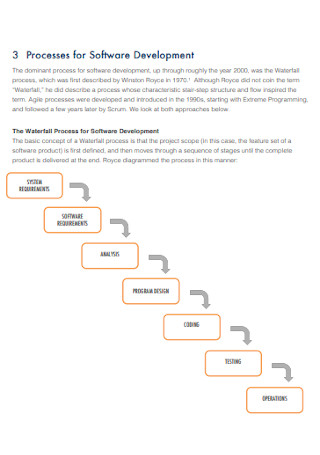
Agile Processes for Hardware Development Roadmap
download now -
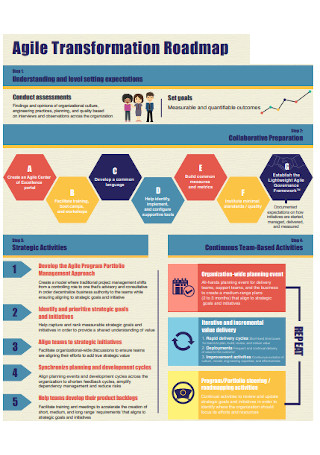
Sample Agile Transformation Roadmap Template
download now -
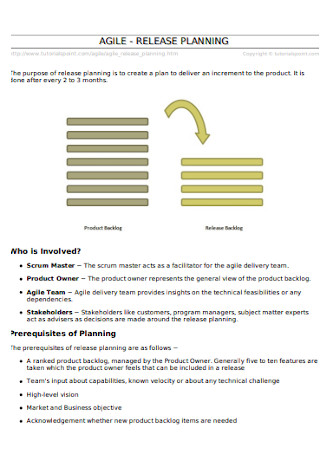
Agile Rlease Planning Roadmap Template
download now -
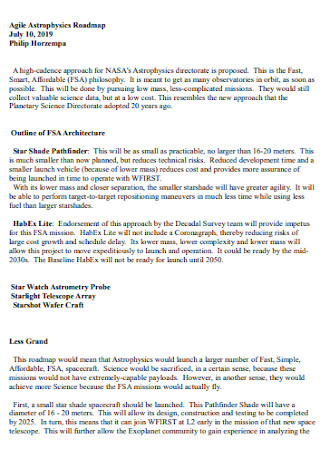
Agile Astrophysics Roadmap
download now -
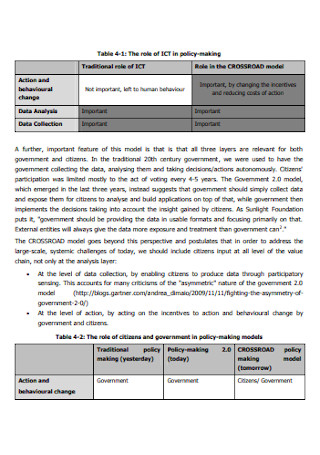
Sample Agile Final Roadmap Template
download now -
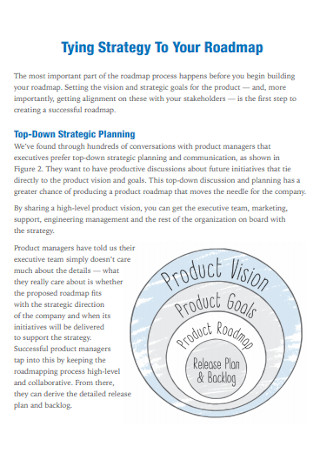
Sample Agile Product Strategy Roadmaps
download now
What Is an Agile Roadmap?
An agile roadmap is what keeps businesses on track regarding how attainable and practical their product strategies are. Being agile means you are not only quick to make a plan according to product vision but actually be flexible in taking that path. Thanks to this roadmap, strategic planning goes on a whole other level because you can visualize how your product grows over time. Hence, agile roadmaps dominate a lot in product development, specifically an agile product development roadmap.
Why Are Agile Roadmaps Important?
Are you still not convinced as to how helpful an agile roadmap is? Or perhaps, you are not sure as to how agile roadmapping can contribute greatly to a company? Think again when you recognize these reasons that prove how essential agile roadmaps are:
Clearer Product Vision
In case it is hard to explain what your product goals, objectives, and vision are to the project team, potential customers, and stakeholders, an agile roadmap explains these factors clearly and efficiently. And it is presented in a visual approach, ala visual product roadmap, to make communication a lot easier. So rather than explaining in a long, technical format, use visuals in roadmaps for an easy-to-read structure instead.
Project Breakdown into Smaller Phases
Part of what is responsible for making agile roadmaps effective is how it breaks down a project into smaller and more workable phases. Agile methodology promises a project to be divided into phases so it will be easier to handle rather than taking a big project with very broad instructions and hard-to-follow objectives. Thus, it is as feasible as how project roadmaps are done.
Flexible Framework
You will appreciate the agile roadmap’s flexible strategic plan. Bear in mind that change happens constantly in business. So every company should know how to adjust to market trends, competition shifts, and other changeable factors. And this is how you can provide extra plans for your product development or project rather than just sticking to one linear strategy that might not work forever.
Collaborates with Scrum
Agile roadmaps go hand in hand with scrum processes. The scrum methodology is when companies can adjust seamlessly to the constantly changing prerequisites. Most importantly, it aims to produce products according to the evolving business standards and objectives. So when you have an agile scrum process roadmap, you can expect high-quality deliverables, flexible adjustments to changes, accurate product and project estimates, and total control of the project schedule and condition.
Development Tracker
An agile roadmap helps you see the bigger picture of your product or project. Hence, you can see the way your product develops or grows in the long run. So rather than being concerned with short-term goals, long-term goals can also be measured. Roadmaps are supposed to update you with the progress of your project too, much like how tracking spreadsheets work. So rather than assuming that the objectives were met, monitor actual results to measure productivity and effectiveness of the total work.
The Main Elements of a Basic Agile Roadmap
Making an agile roadmap requires some time, workload, and careful considerations. Don’t take it lightly. And even though every company covers different strategies in developing their roadmap, it is likely that they contain the following essential elements:
The Five Types of Roadmaps
While agile roadmaps are known for helping product development purposes, you should know that it is just one type of roadmap. There are plenty of roadmap types out there that could use a twist of agile methodology. And here are the five main types of roadmaps:
Market and Strategy
The market and strategy roadmap brings you the full picture of which specific markets you opt for and how you prepare to develop products on each market. An example is when you work with another business that is not of the same industry as yours. In one year, you could focus on the construction market while you go for the medical sector in the next timeline.
Visionary
The next type is the visionary roadmap, which is more about identifying the current business trends. By taking note of what is new and in-demand per year, you can analyze how your products to develop will be an asset to your company and in the market afterward. So you really have to envision how you can optimize the trend to make your products work.
Technology
Also related to trends but is more focused on the technological sector is the technology roadmap. This is where you form a strategic plan in mapping technological products and releases. With the rise of technological advancement, products also evolve over time. So how can your current product keep up with the latest technology or trend? This roadmap type has your back.
Platform
The platform roadmap is a popular roadmap type that focuses on platform strategy and depends on close or prominent business partners. In a software platform, for example, you can trust Excel, PowerPoint, Google, Mac, etc. So what occurs in the platform software? And what will be that platform organization’s role in your business product development? Ensure that you can formulate an action plan to support the platform with this type of roadmap.
Product
Of course, you can forget about the universal type of roadmap which is the product roadmap. And this type covers both the internal and external product roadmaps. You can use this type to present a product release and state the specific features to expect from the product. The internal roadmap is for product development concerns between the manager and the related departments of a company. Meanwhile, an external roadmap is for the communication plan among clients, analysts, business partners, and even the media.
How to Create an Effective Agile Roadmap
As to how the majority of product roadmaps are made, your standard agile roadmap can have initiatives, timelines, releases, and other similar aspects. And now that you are properly acquainted with an agile roadmap’s meaning, significance, elements, and types, are you ready to make the agile roadmap itself? It is surely easy when you follow these helpful steps:
-
Step 1: Download a Sample Agile Roadmap Template
Tired of making any roadmap from scratch? Use our collection of premade sample agile roadmaps instead. Sample templates make it easier to create your agile roadmap as these are pre-formatted examples. Also, agile roadmap templates are easy to edit, download, and print. You can certainly alter the design and data of your chosen template and produce as many roadmaps as you want. You may opt for a project roadmap or even a marketing roadmap. Edit a template and you will be proud of its transformation.
-
Step 2: Create Goals and Turn Them into Initiatives
Your product strategy and objectives are the foundation of your agile roadmap. So without a strategy, you can’t make your projects happen along the way. Set clear goals by ensuring you can solve problems over time and that the benefits will pay off in the future. SMART goals are highly encouraged. So find the right metric system to measure your project’s success until you transform these goals into initiatives. The initiatives or epics will depict how the entire work goes along with the product vision. Hence, initiatives will be divided into workable steps with a timeframe.
-
Step 3: Determine the Product Features and Relate to the Initiatives
Divide the entire workload into smaller and more practical procedures, much like a task list. And this is also the time to define the features of your product in terms of its functionality, appearance, and other aspects. The whole team must make a rundown of these features to know what the products being made are from the internal to external factors of the products. Then, ensure that the features are connected to the product strategy and initiatives. Don’t forget to note the type of roadmap you use and insert the agile roadmap’s main elements too.
-
Step 4: Prepare for the Product Release
Slowly finalize your agile roadmap by confirming the objectives, timelines, and steps. You can even use infographic organizers such as a table, Gantt chart, graph, and more. Once you are confident with the results, begin preparing the product release. Start with the date if you need to release it daily, weekly, monthly, or annually. Releases are vital to businesses in order to communicate with the team and clients promptly.
-
Step 5: Acquire Cross-Functional and Customer Feedback
In developing a product or any project requiring the agile roadmap, there is a whole set of members who will work on the roadmap’s instructions. And everyone involved or the cross-functional team should be able to say something about the progress of operations. What if the production team is doing well yet the marketing and sales department are currently struggling? Thus, the project will still be intercepted. Also, customer feedback matters. You can collect data from client interviews, testing, and other resources and you can adjust your agile roadmap’s content from what you learn in feedback too.
-
Step 6: Track the Results Regularly
Agile roadmaps are not for a one-time reference only. You will measure results from time to time and ensure that you meet the product or project objectives in the end. Set a proper schedule on when or how often you track results and that you evaluate using the right set of metrics to do so. And you shall finalize its data and make the best decisions for your new product features in the future. Make the most out of your agile roadmap now!
FAQs
What is an agile Gantt chart?
An agile Gantt chart is a project planning system where the waterfall flow chart method is used for an agile project. And the chart shows the list of tasks and dependencies in an easy-to-read timeframe.
What is an epic?
In agile and development teams, epic is the entire workload that must be divided into smaller specific tasks or user stories. And these tasks are often based on client and end-user requests.
What is a sprint?
A sprint refers to the timeframe of the scrum team working. And in agile or scrum methodologies, sprints are pivotal to ensure the entire team works better and has lesser confusion in the process.
The visualization process of your next product plan never has to be an arduous process. Thanks to sample agile roadmaps, you get the safe and big picture of how products and projects turn out in the end. And the best part is that its content is properly planned and evaluated, so the success rate of your project is of high value. So the next time you have an upcoming project investment, you need not look for another website for roadmapping. Simply download our collection of free agile roadmap templates.
